Since 1999, Egg Press has been creating original, inspiring, handcrafted letterpress greeting cards and lifestyle products that connect and enrich people’s lives. Last year, their first fabric collection debuted at the international Quilt market in Huston. Kokka-fabric interviewed founder and co-creative director Tess Darrow and Kara Yanagawa.
Tess Darrow(TD) I started Egg Press in 1999 almost by accident. I loved the letterpress process and recognized that by incorporating my textile design background I could bring something new to the medium. Until then, many letterpress greeting cards were designed with a small motif or “dingbat”.
Kara Yanagawa(KTY) What Tess doesn’t mention that by combining these two passions, she was revolutionizing the entire letterpress greeting card industry!
(TD and KTY) We both grew up before the internet and before cell phones so letter writing has always been a part of life. As we are learning how technologies have their benefits, we are also realizing that making connections in a digital-only world isn’t enough. Now more than ever, we need personal connection, be it in-person or through tactile, analog letter writing.
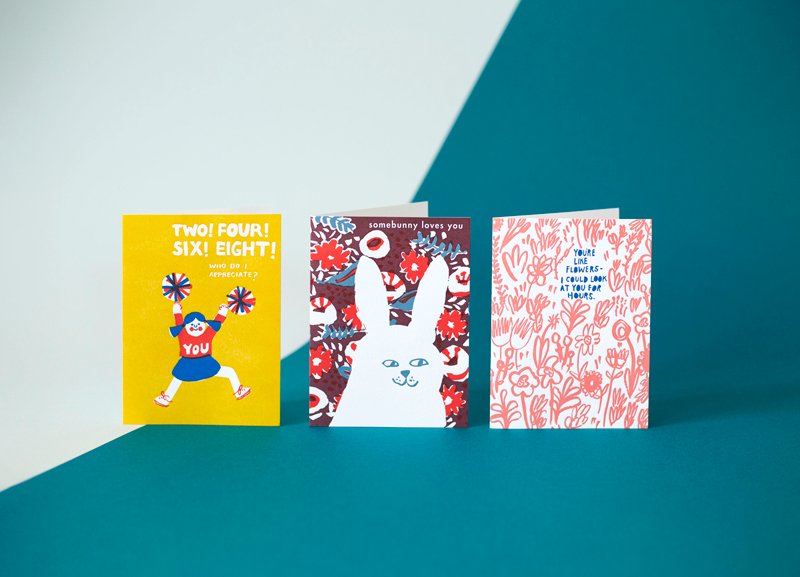
(photo: “Somebunny Loves You” was a fun way to use pattern and negative space to create the image. )
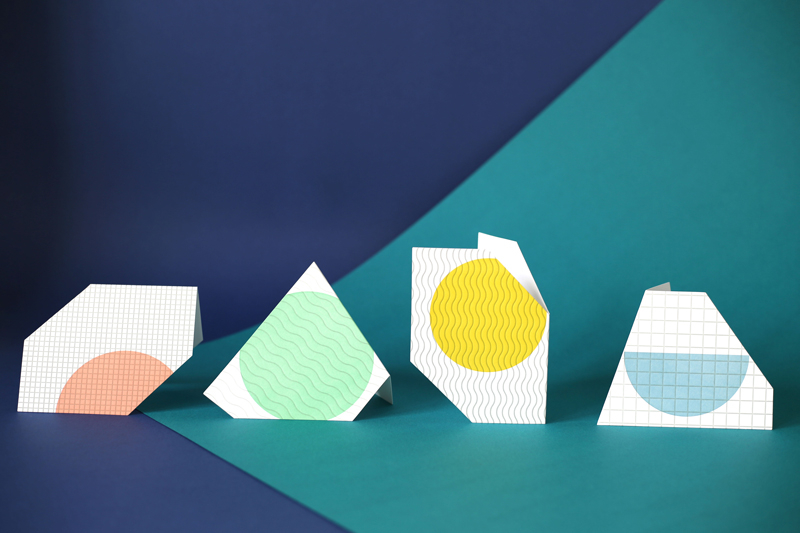
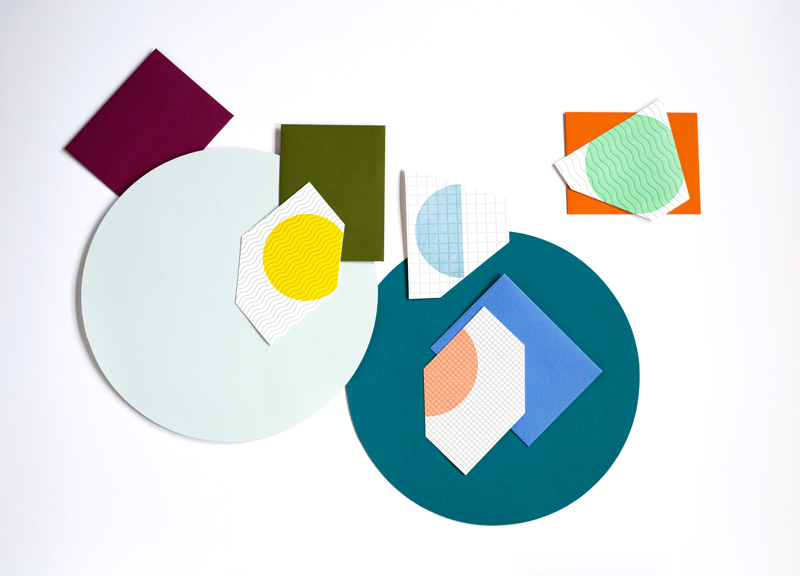
(photo: The shape cards are from Polygon series. They are studio favorites as they are modern, have beautiful contrasting envelopes, and can be used for any occasion.)
(TD) Many things influence the cards that we make and designs we create. We are both avid thrift shoppers, we both love textiles (new and vintage), as well as illustrations from children’s books.
(KTY) Yes! Definitely. And I would add that we are inspired by Scandinavian and Japanese design and aesthetics. When we were in Japan for example we loved the colors – everything from utility trucks to packaging and clothing design. We also appreciate the craftsmanship and tactile nature of Japanese heritage crafts.
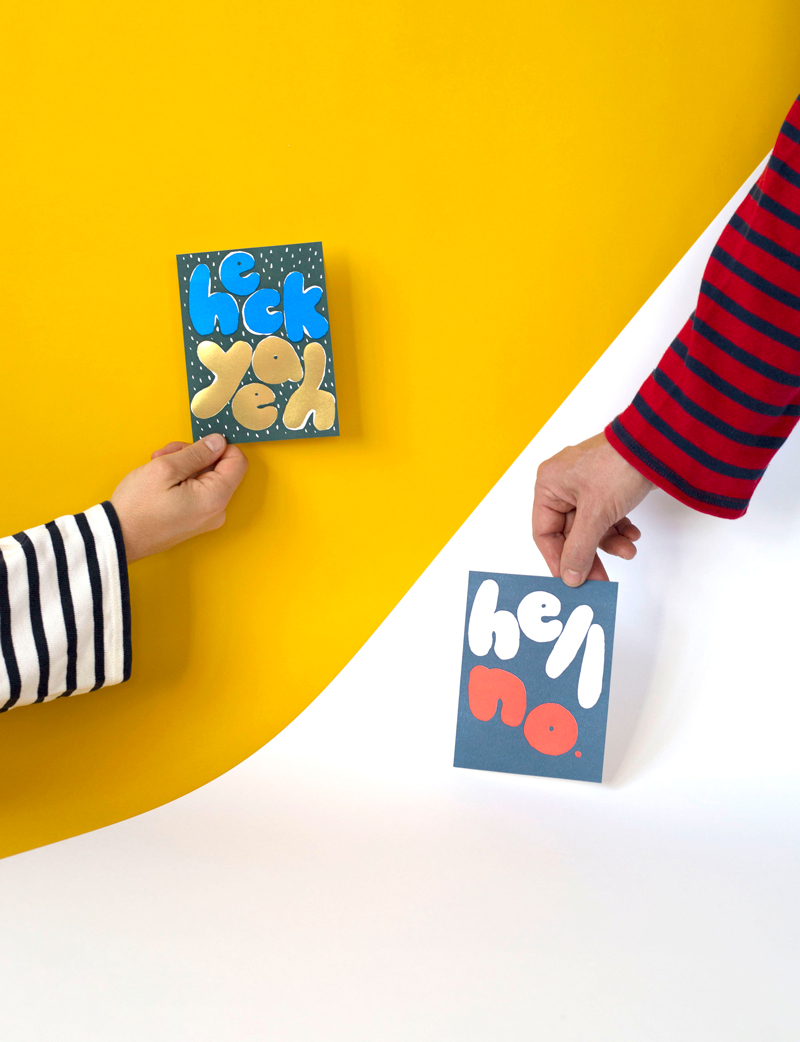

(photo: “Heck Yeah”, “Hell”, “Sorry Things are Heavy” are part of their sympathy / empathy / friendship and support category. They wanted to design cards that serve the grey areas that can sometimes surround love and sympathy categories.)
(TD) All-over patterns are some of my favorite things to design. Repeat patterns have been in our line since the beginning. Greeting cards are smaller canvasses, so they are easier to solve for, but the process is still the same. We play with scale and color as well as relevance to the end use both when designing cards and textile patterns.
(KTY) Also, the printing process is remarkably similar, so designing for both and separating colors is natural to us.
(TD) We love designing floral patterns, though ours are not quite traditional. Imaginary Nature is our take on florals with personality.
(KTY) We liked the idea of florals in an alternate world – it charmed us to think of the collection this way, like the soot sprites in My Neighbor Totoro.
(TD) Most of the patterns are adapted from our card line, others were designed as complimentary patterns that were simple, yet still compelling.
(KTY) We also wanted to offer a variety of scales and patterns to make the collection versatile.
(TD) It is always the most exciting to see a greeting card pulled off the press for the first time. Similarly, it was exciting to get the first round of samples from Japan.
(KTY) It was thrilling to see the bolts of Imaginary Nature at our local fabric stores. Though we have designed textiles for soft goods and home products, this was our first yardage project.
(TD) We love color, but choosing colors for this collection was difficult. Since our audience is stationery, we trusted Kokka with the final say.
(KTY) After seeing the samples, I found it hard to wait for the collection to be released!
(TD) We love the idea of PJs or a dress for a toddler in the lighter weight fabric. As for the heavier weight, a simple apron or throw pillows would be our picks.
(KTY) I thought the men’s button up shirt, like the sample Kokka sewed was a perfect project.
(TD + KTY) Our favorite collaborations have been with companies who value beauty and quality. Kokka is committed to both and we couldn’t be more pleased with the outcome.

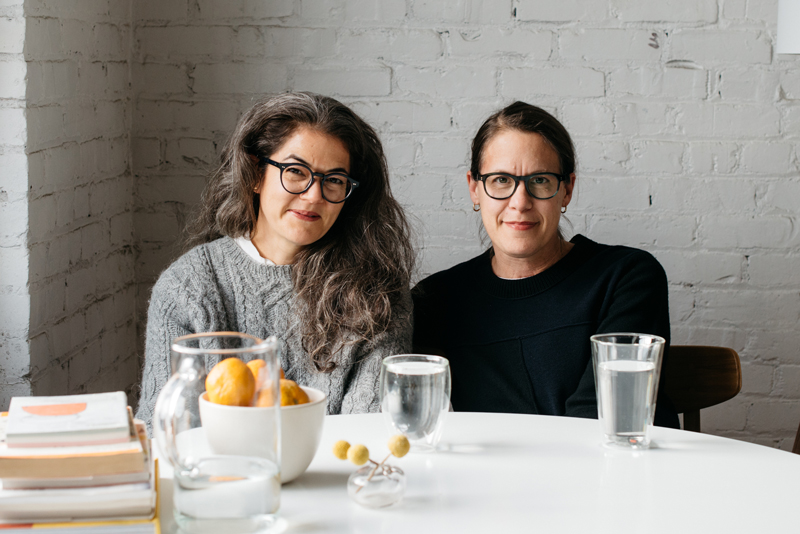

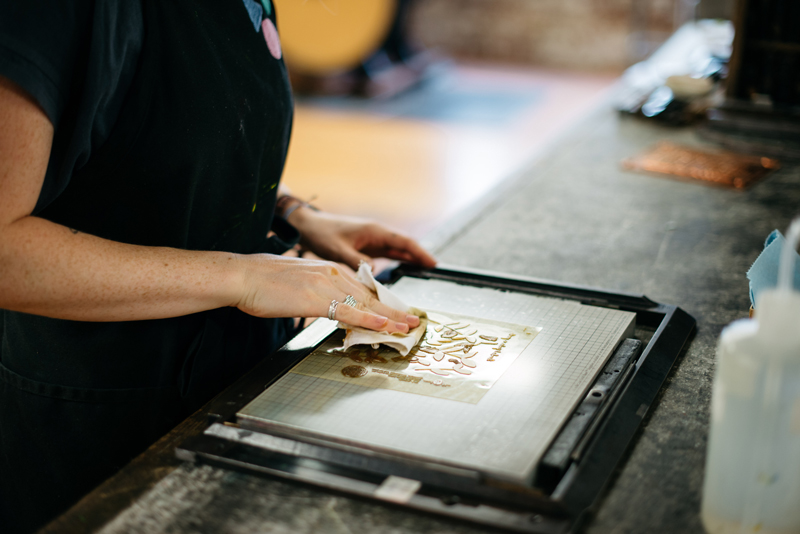
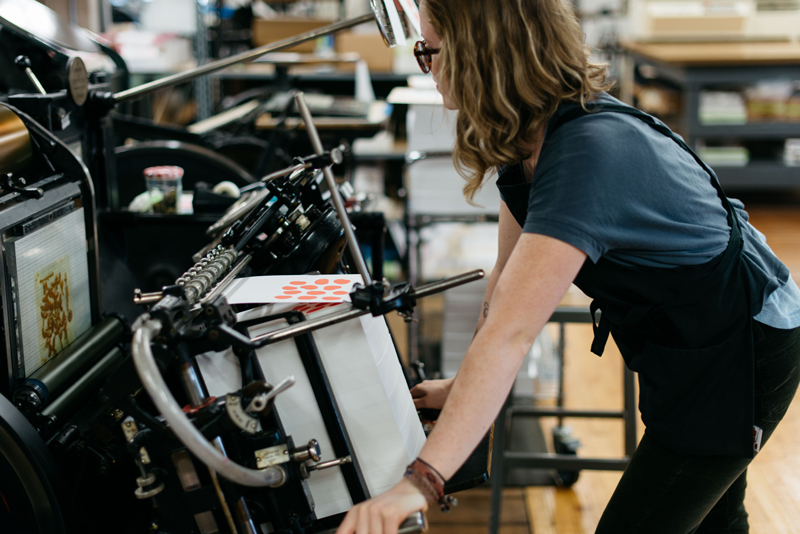
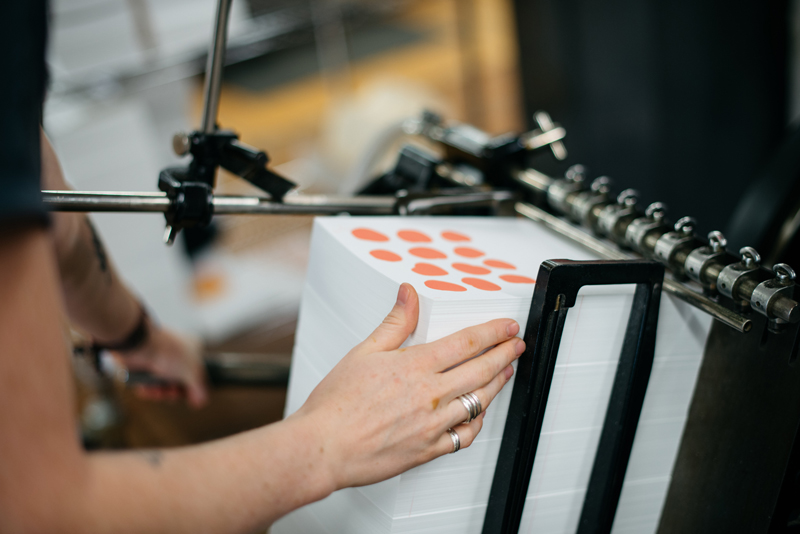

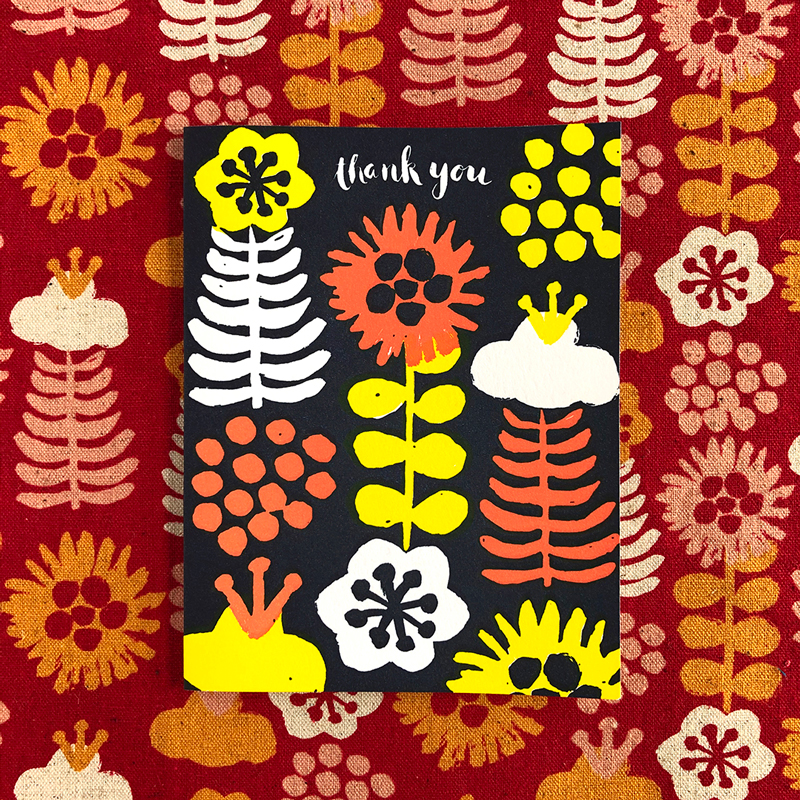
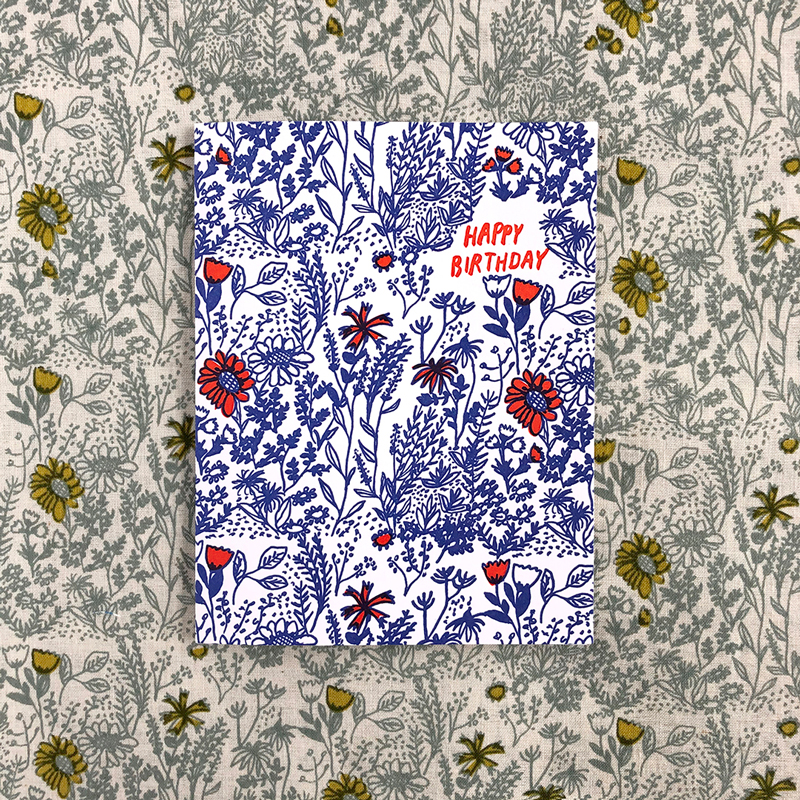
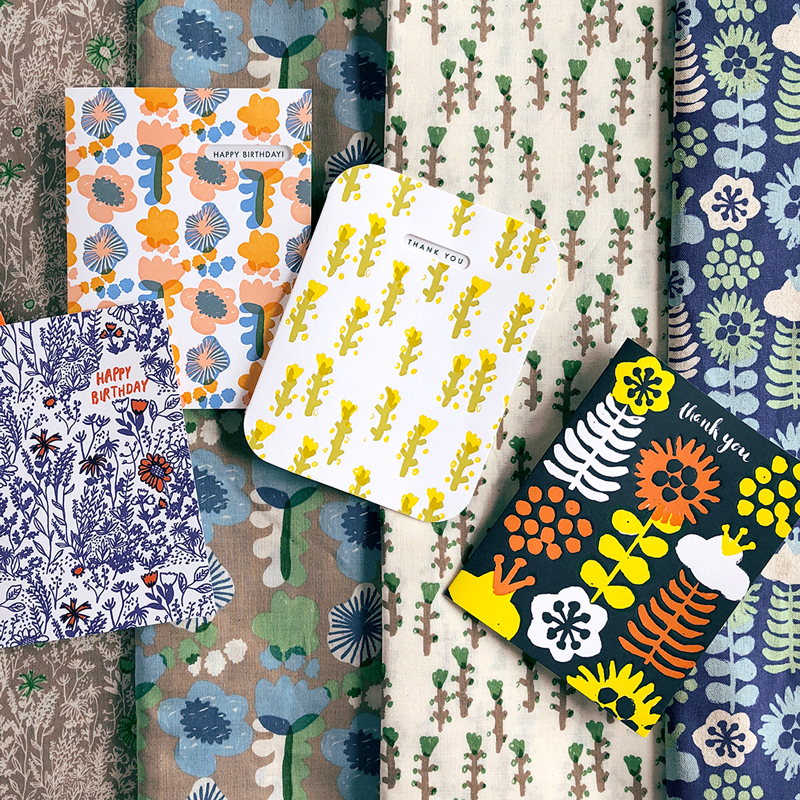
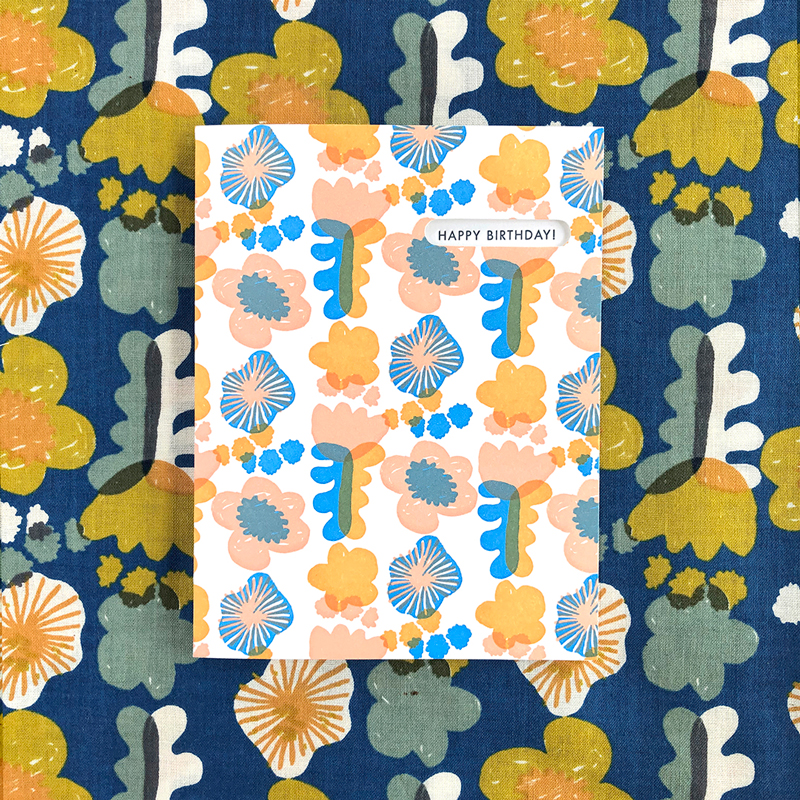

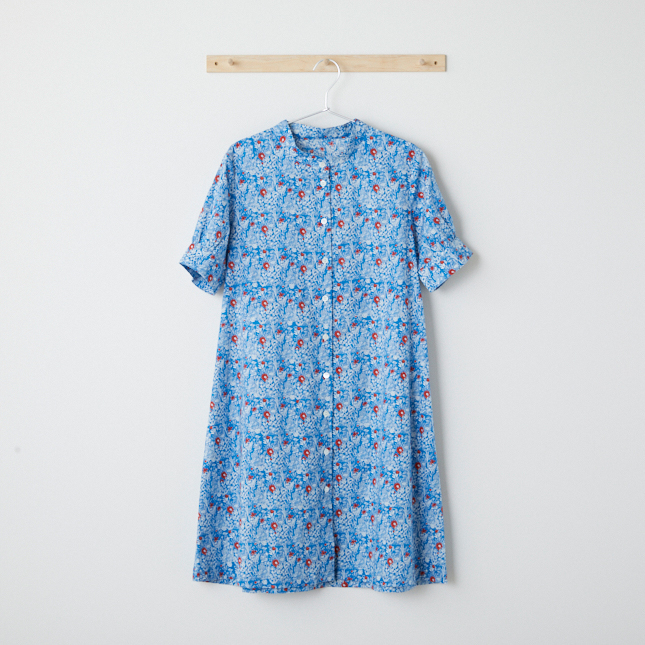
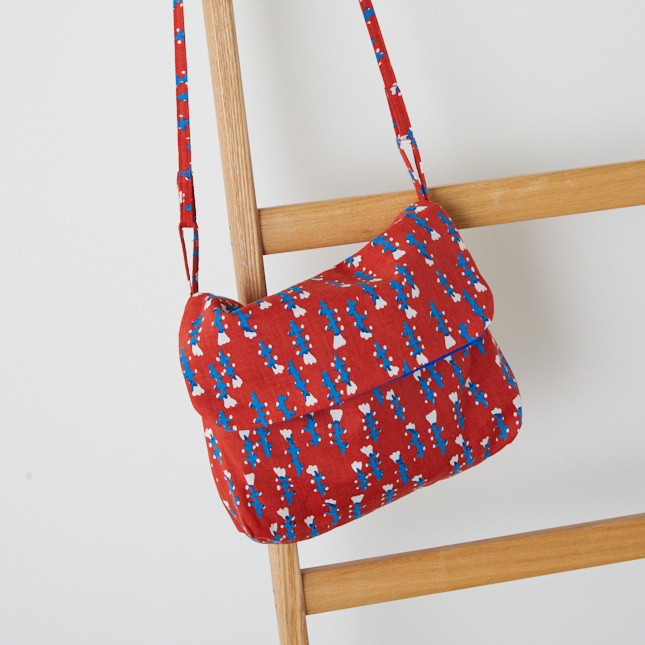
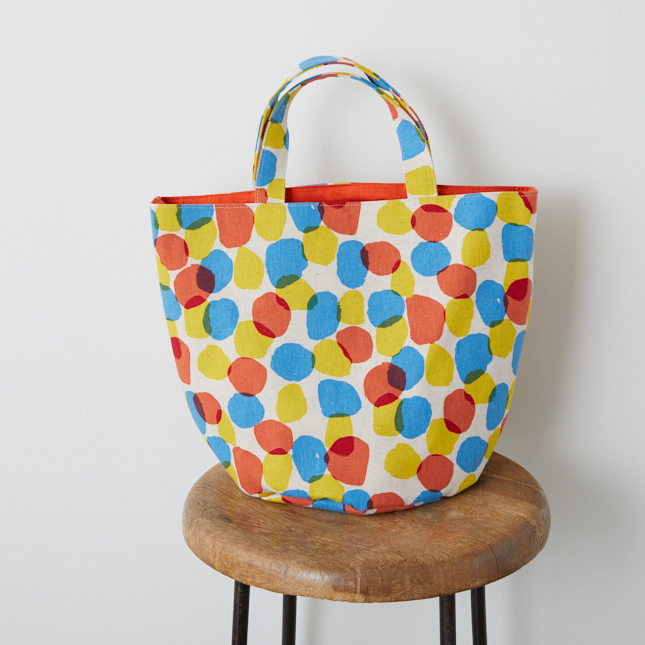
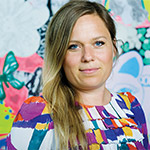 file 007
file 007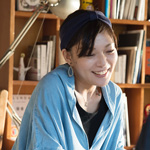 Visit artist 017: Ayano Ichiyanagi (Painter / Designer)
Visit artist 017: Ayano Ichiyanagi (Painter / Designer)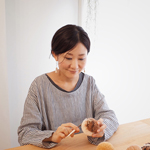 Visit artist 019: Tsubasa Kuroda (Crafter of pom-pom animals)
Visit artist 019: Tsubasa Kuroda (Crafter of pom-pom animals)